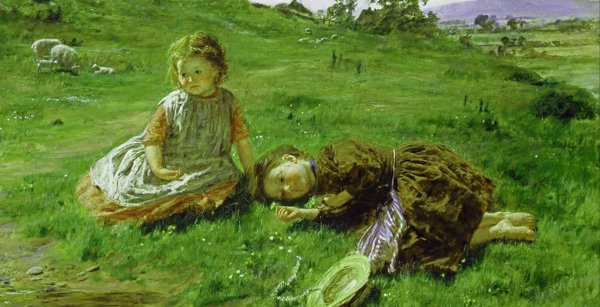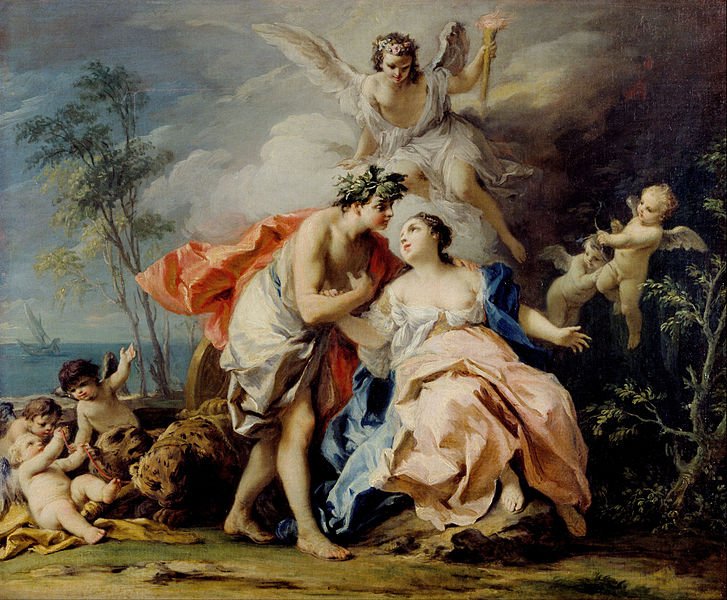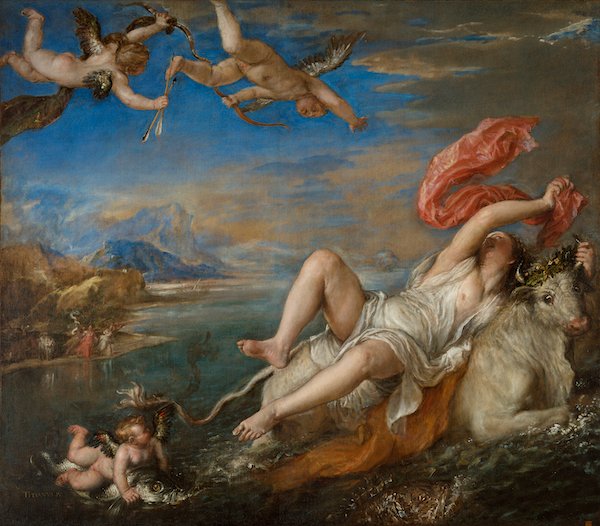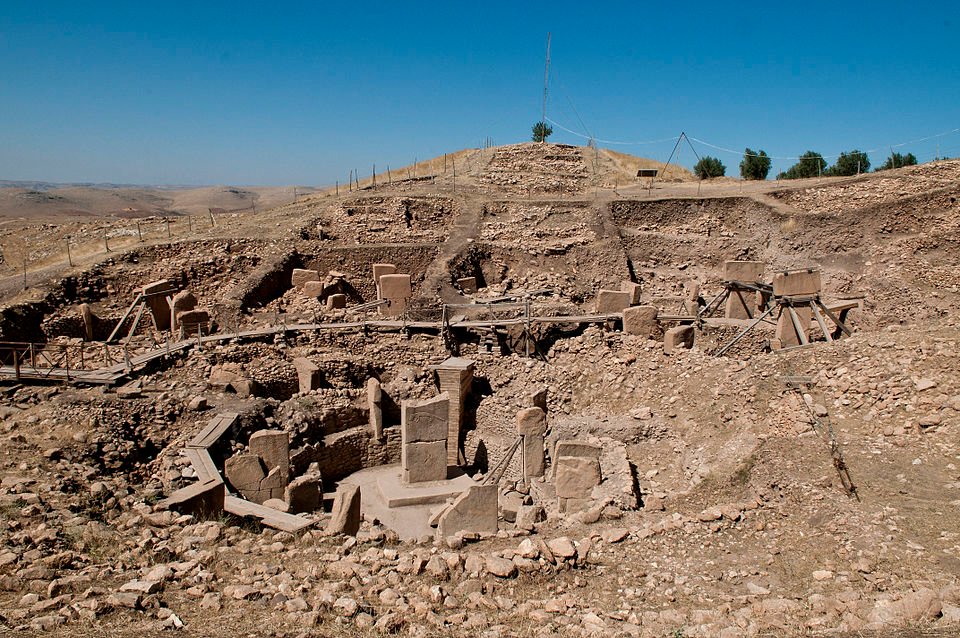Legends are the echoes of ancient voices—whispers from the past that refuse to be silenced. They are the stories we tell when reality doesn’t satisfy our hunger for meaning, adventure, or awe. Across every continent, cultures have birthed legends to explain the unexplainable, to frighten the unwary, and to teach the next generation that the world is far stranger than it seems.
While many of these tales have faded into obscurity, others remain vivid and alive—burning in the imaginations of millions. From the ice-choked coasts of Antarctica to the sun-drenched deserts of Africa, each continent holds its own cryptic lore—rich with mystery, magic, and mind-bending possibility.
So buckle up. We’re about to traverse the globe, continent by continent, to unearth the most mysterious legends each has to offer. This is not just a journey through geography—it’s a plunge into the mythic subconscious of humanity.
Africa: The Lost City of the Kalahari
In the heart of the Kalahari Desert—a blistering, wind-scoured sea of sand stretching across Botswana, Namibia, and South Africa—lies the ghost of a city that may never have existed. Or did it?
In the 1880s, Canadian explorer Guillermo Farini returned from an expedition claiming to have found stone ruins buried deep in the desert. His descriptions suggested a vast, complex network of structures—walls, staircases, and symmetrical formations of stone unlike any natural geological pattern. Farini’s report ignited a wildfire of fascination. Soon, other adventurers began venturing into the desert in search of this mysterious city.
The Kalahari is not a forgiving place. Several expeditions ended in disappearance or death. Some believe the city is simply a mirage—a trick of the desert heat or the overactive imagination of a fame-hungry explorer. Others whisper that it’s a remnant of a long-lost African civilization, wiped out by drought, war, or some darker force.
Despite modern technology, no one has ever rediscovered Farini’s city. Was it swallowed by shifting dunes? Or was it never there to begin with? The Kalahari keeps its secrets well.
Asia: The Nine Unknown Men of India
Among the many enigmas of the East, the legend of the Nine Unknown Men of India is perhaps the most tantalizing.
Said to have been founded by Emperor Ashoka in 273 BCE, the Nine Unknown Men were a secret society of India’s wisest and most powerful thinkers, each entrusted with a book of forbidden knowledge. These books are rumored to contain information on everything from time travel to biological warfare, antigravity to mind control.
Ashoka, having witnessed the horrors of war during the Kalinga massacre, reportedly created the society to guard humanity from misusing knowledge too powerful for the unready mind. Throughout history, figures like Pope Sylvester II and Napoleon Bonaparte have been whispered to have encountered members of the Nine—or even glimpsed one of the sacred books.
The Indian government denies the group’s existence. But in the shadowed corridors of ancient libraries and the hushed conversations of mystics, the Nine Unknown Men remain very much alive.
Europe: The Green Children of Woolpit
In 12th-century England, during the reign of King Stephen, the quiet village of Woolpit in Suffolk was shaken by a mystery that defies rational explanation.
Two children—brother and sister—appeared suddenly near the edge of a wolf pit (a deep trench used to trap wolves). They spoke an unknown language, wore strange clothes, and—most eerily—had green-tinted skin. No one knew where they had come from, and they seemed terrified by sunlight and common food.
The children were taken in. Over time, they learned English and began eating regular food. The boy died shortly after baptism, but the girl survived. When asked where they came from, she claimed they had come from a land called “St. Martin’s Land,” a place with no sun, only perpetual twilight, and where everything was tinged with green.
Some believe the children were malnourished Flemish orphans. Others claim they were extraterrestrials or visitors from a parallel dimension. Centuries later, their origin remains a riddle no one has solved.
North America: The Wendigo of the Frozen North
In the bone-chilling forests of Canada and the northern United States, a creature stalks the dreams and fears of the Algonquian peoples: the Wendigo.
This terrifying spirit is said to be born from greed and gluttony—specifically, cannibalism. When a human consumes the flesh of another out of hunger, desperation, or madness, they risk becoming a Wendigo. These creatures are emaciated yet massive, with skin stretched tightly over their bones, glowing eyes, and a hunger that can never be sated.
The Wendigo doesn’t just kill—it possesses. Victims become consumed by insatiable cravings and may lose their minds before physically transforming. Some remote communities have even documented “Wendigo psychosis,” a condition in which individuals report the uncontrollable desire to eat human flesh.
Far from a simple monster, the Wendigo is a mirror held up to the darkest parts of human nature. And it is said that once the Wendigo enters a forest, no man is ever safe again.
South America: El Dorado, the City of Gold
Few legends have lured more bloodshed, obsession, and ruin than El Dorado—the mythical city of gold supposedly hidden in the jungles of South America.
It began as a man. Early Spanish conquistadors heard tales of a tribal king who would cover himself in gold dust and dive into Lake Guatavita during sacred rituals. This “Golden Man” eventually became a metaphor for an entire city, then a kingdom, then an empire made entirely of gold.
Expeditions led by Francisco de Orellana, Sir Walter Raleigh, and countless others scoured the Amazon rainforest, but El Dorado was never found. Some believe it may have been based on real traditions from the Muisca people. Others think it was a fabrication—an illusion that fed the greed of invaders.
But others say El Dorado was real, and that it lies deep in the jungle still—buried beneath vines, waiting to be found by someone pure of heart or bold of spirit.
Australia: The Rainbow Serpent and the Time Before Time
In the ancient Dreamtime of Aboriginal Australian mythology, few beings are more revered or mysterious than the Rainbow Serpent.
Said to be one of the great creator beings, the Rainbow Serpent shaped the land, carved the rivers, and brought rain to the parched earth. It is a symbol of fertility and destruction, protector and punisher. According to some stories, it sleeps beneath the land, causing earthquakes when it shifts, and floods when it stirs.
What makes the Rainbow Serpent so enigmatic is its simultaneous mythic and geological presence. Aboriginal rock art depicting the Serpent is tens of thousands of years old, suggesting a cultural memory that predates much of recorded history. Some researchers even theorize that the legend may be rooted in real encounters with giant snakes during the last Ice Age.
Whether divine or zoological, the Rainbow Serpent slithers through the dreams of an entire continent.
Antarctica: The Blood Falls and the Echoes of Ancient Life
Antarctica is often imagined as a blank slate—frozen, lifeless, and devoid of myth. But even this ice-bound continent has its secrets. One of the most mysterious is the Blood Falls of Taylor Glacier.
From beneath a curtain of glacial ice, a crimson stream pours into the snow—a shocking splash of color in a white void. Early explorers thought it was a sign of supernatural activity or alien life. In reality, the red hue comes from iron-rich water oxidizing as it hits the air. But the source of this water is buried deep under the glacier, in a subglacial lake sealed off from the surface for millions of years.
Within it, microbial life has been discovered—thriving without sunlight, oxygen, or heat. This has triggered speculation: could Antarctica be hiding ecosystems unknown to science? Even ancient ruins? Some fringe theorists have claimed satellite images show pyramids under the ice, or that an advanced civilization was buried here by a cataclysm.
The Blood Falls remind us: even in the coldest, most lifeless place on Earth, mystery bleeds through.
Conclusion: The World Is Still Wild
In every corner of our planet, mystery endures. Legends are not just stories—they are cultural touchstones, maps of ancient fears and hopes. Whether they point to truths lost in time, metaphors of morality, or just the boundaries of human imagination, they remain vital.
We live in an age where satellites map every inch of the Earth, where science explains so much. But perhaps it is precisely in such a time that we need legends the most. They remind us that the world is still wild, that not everything can be cataloged or controlled. There are still dark forests. Still forgotten cities. Still echoes of beings older than memory.
And maybe, just maybe, some legends are true.






